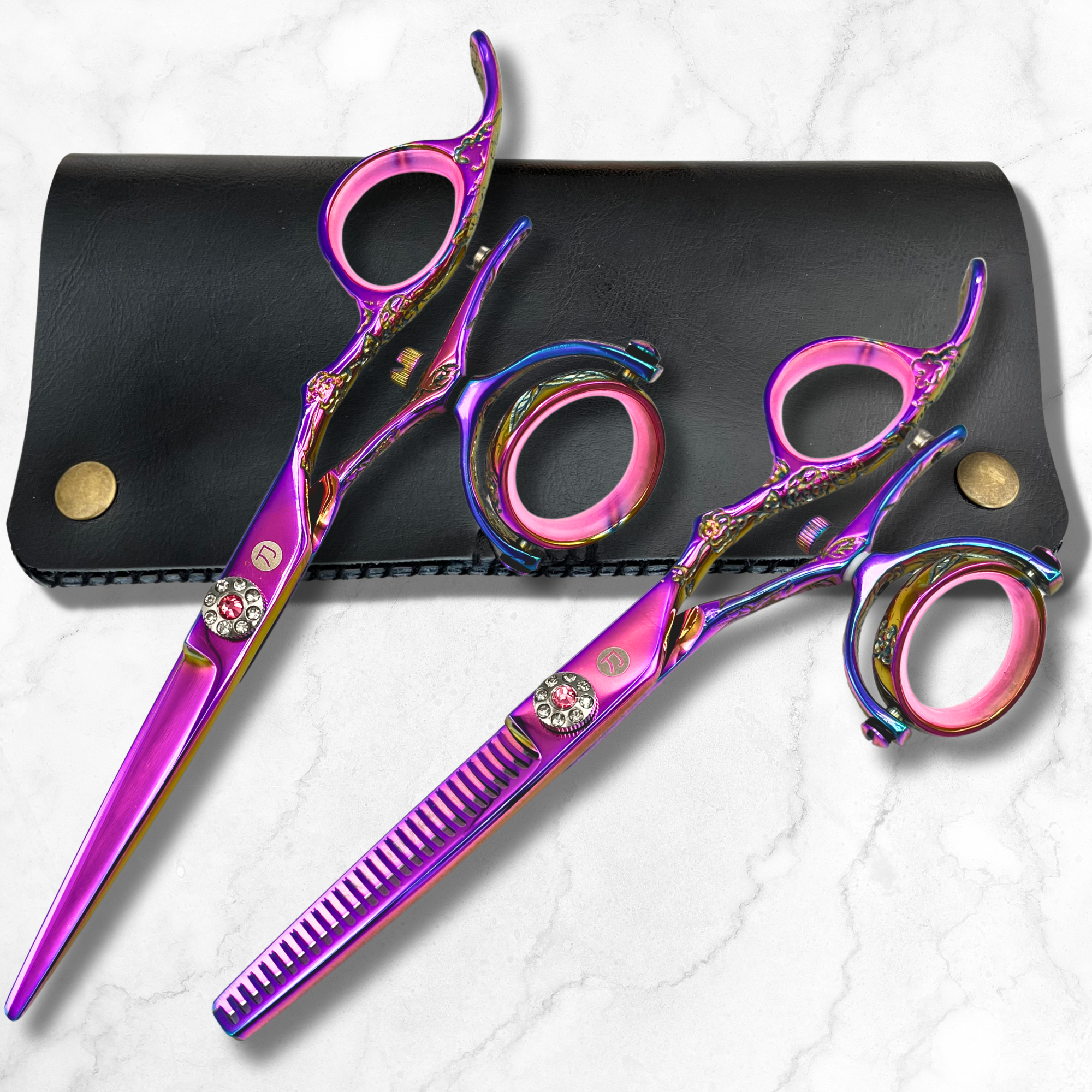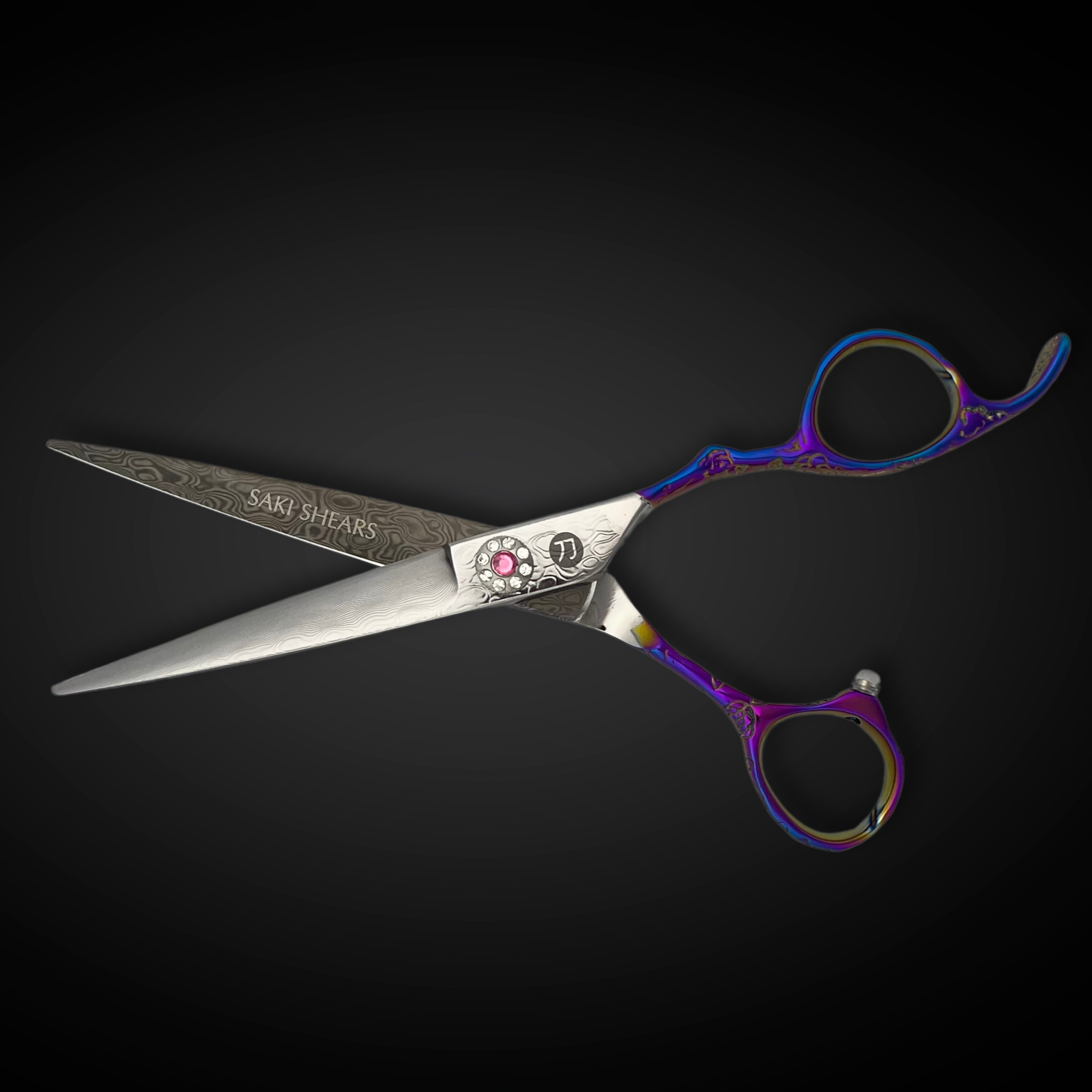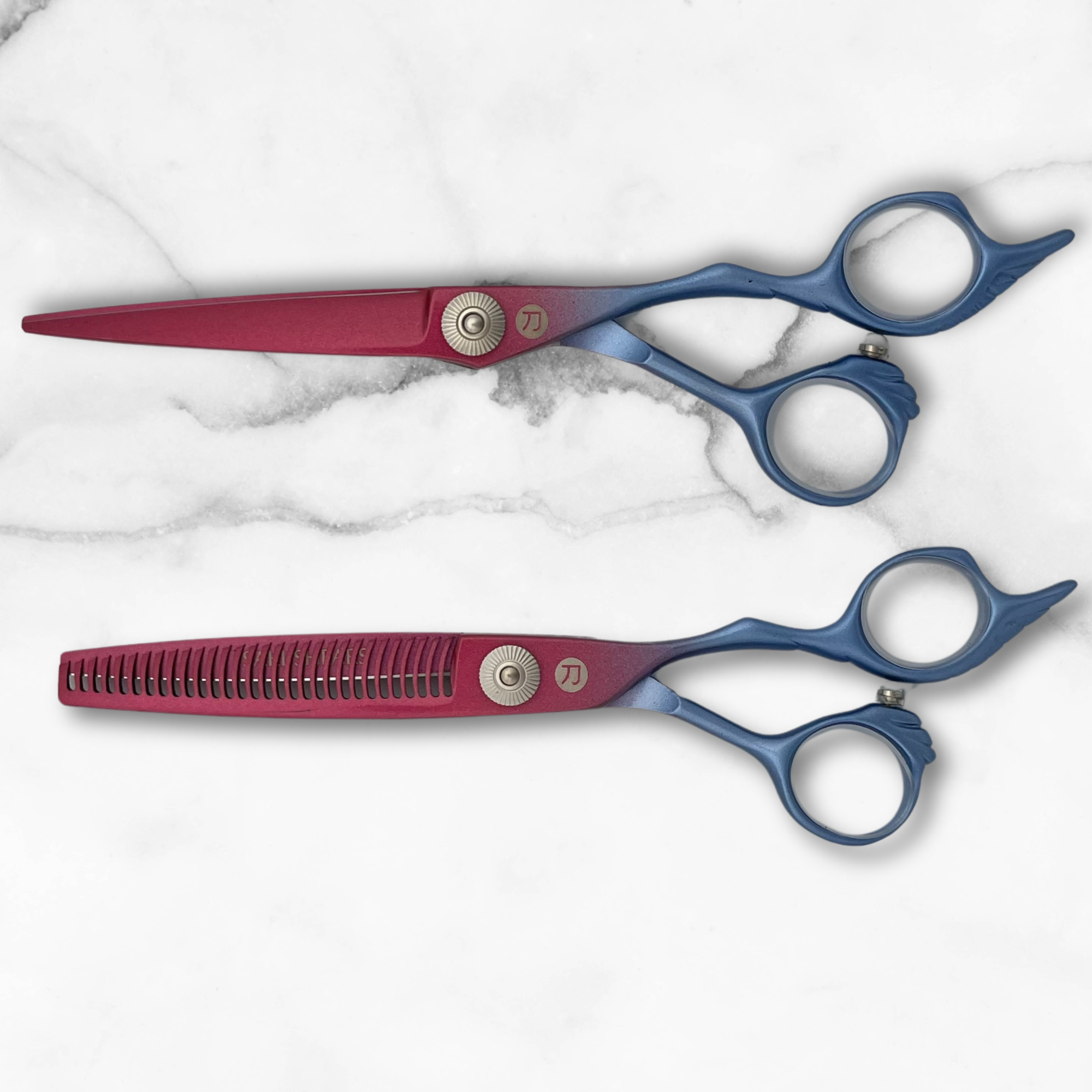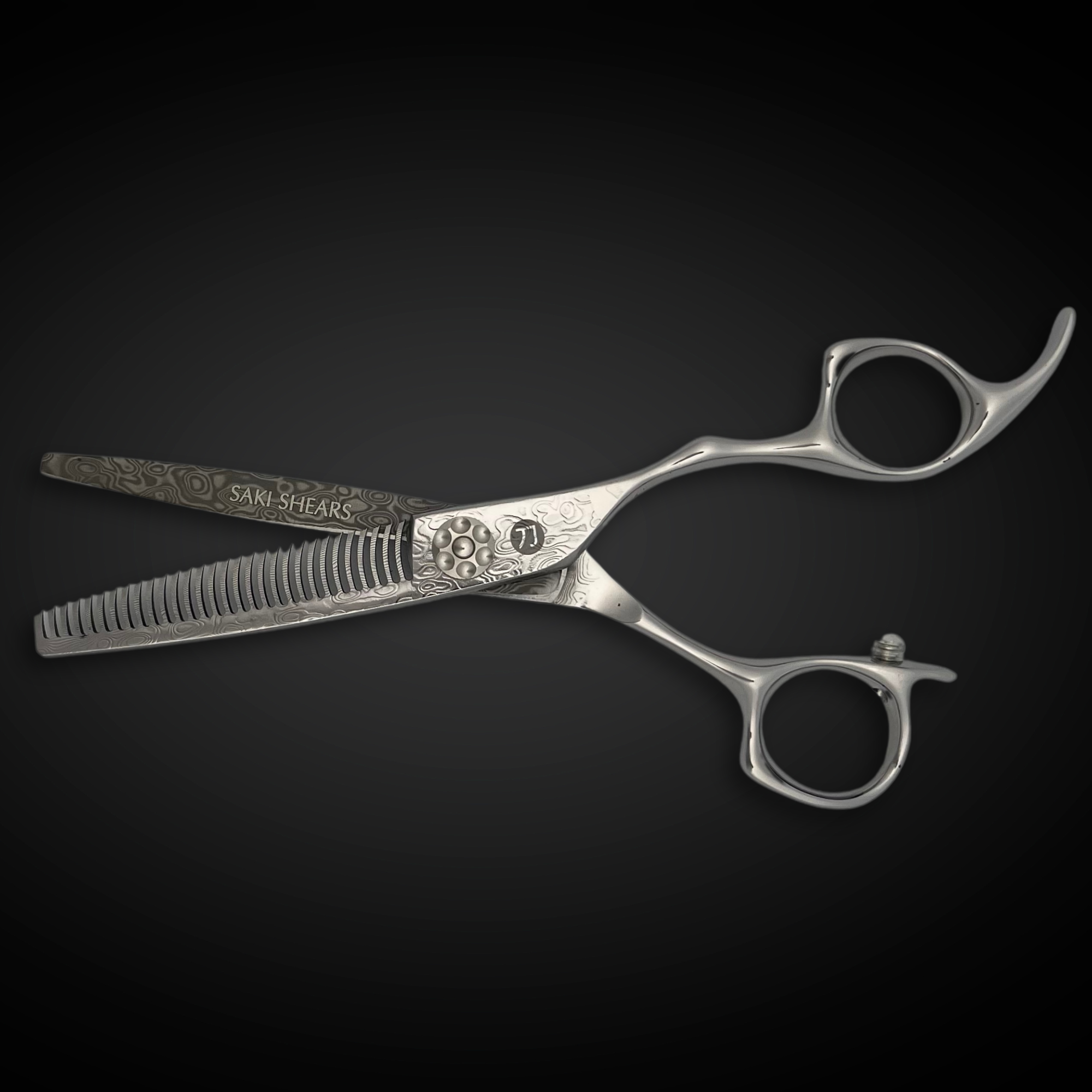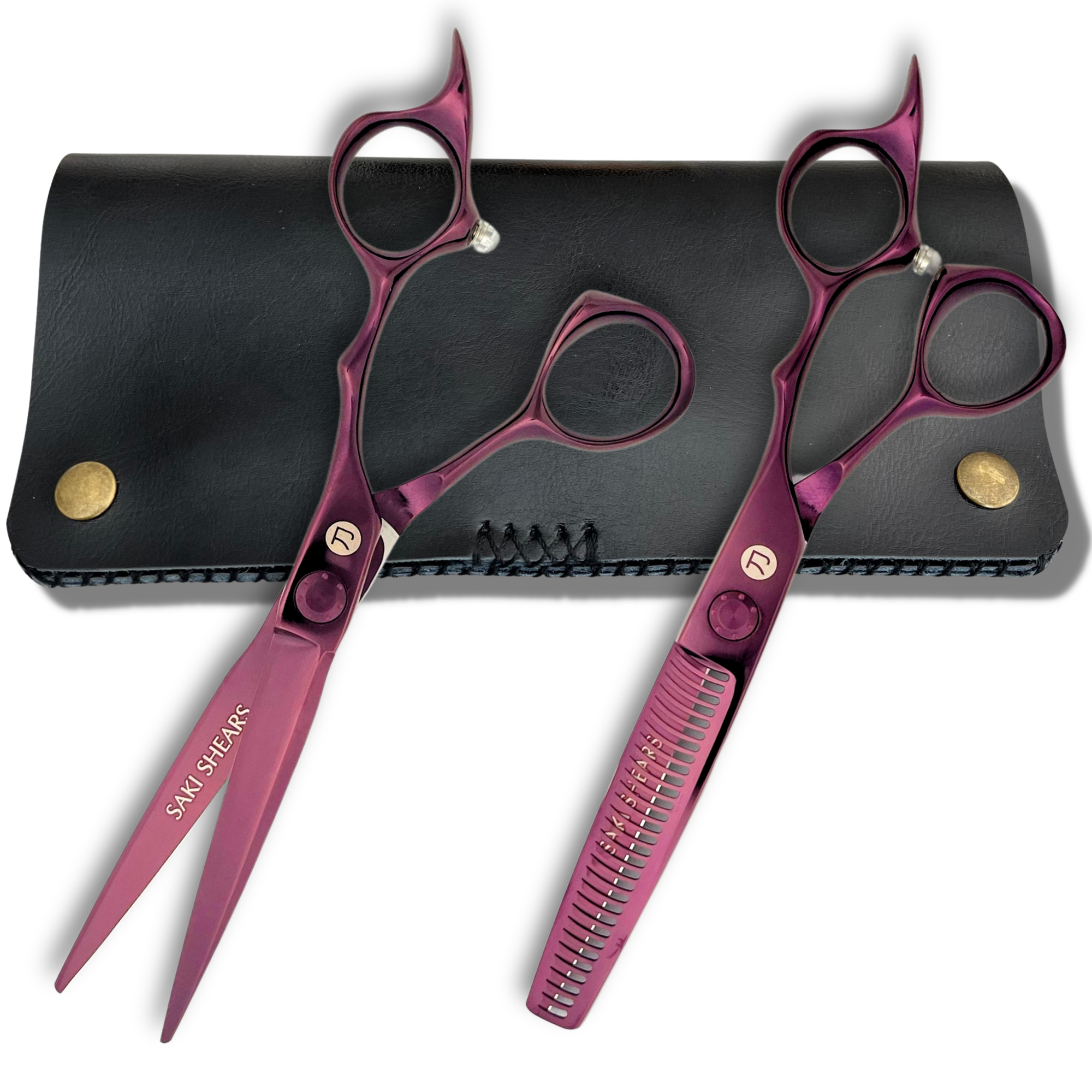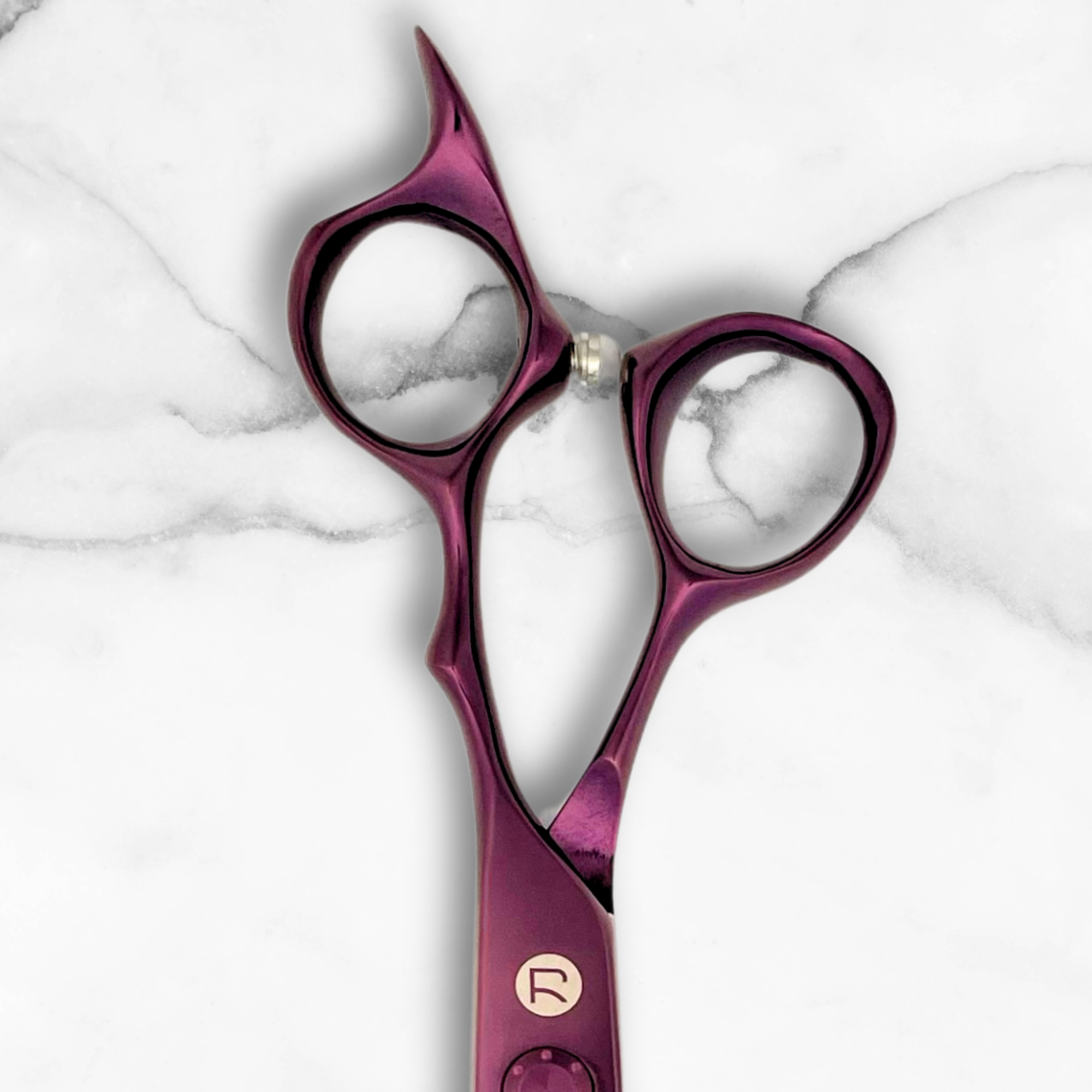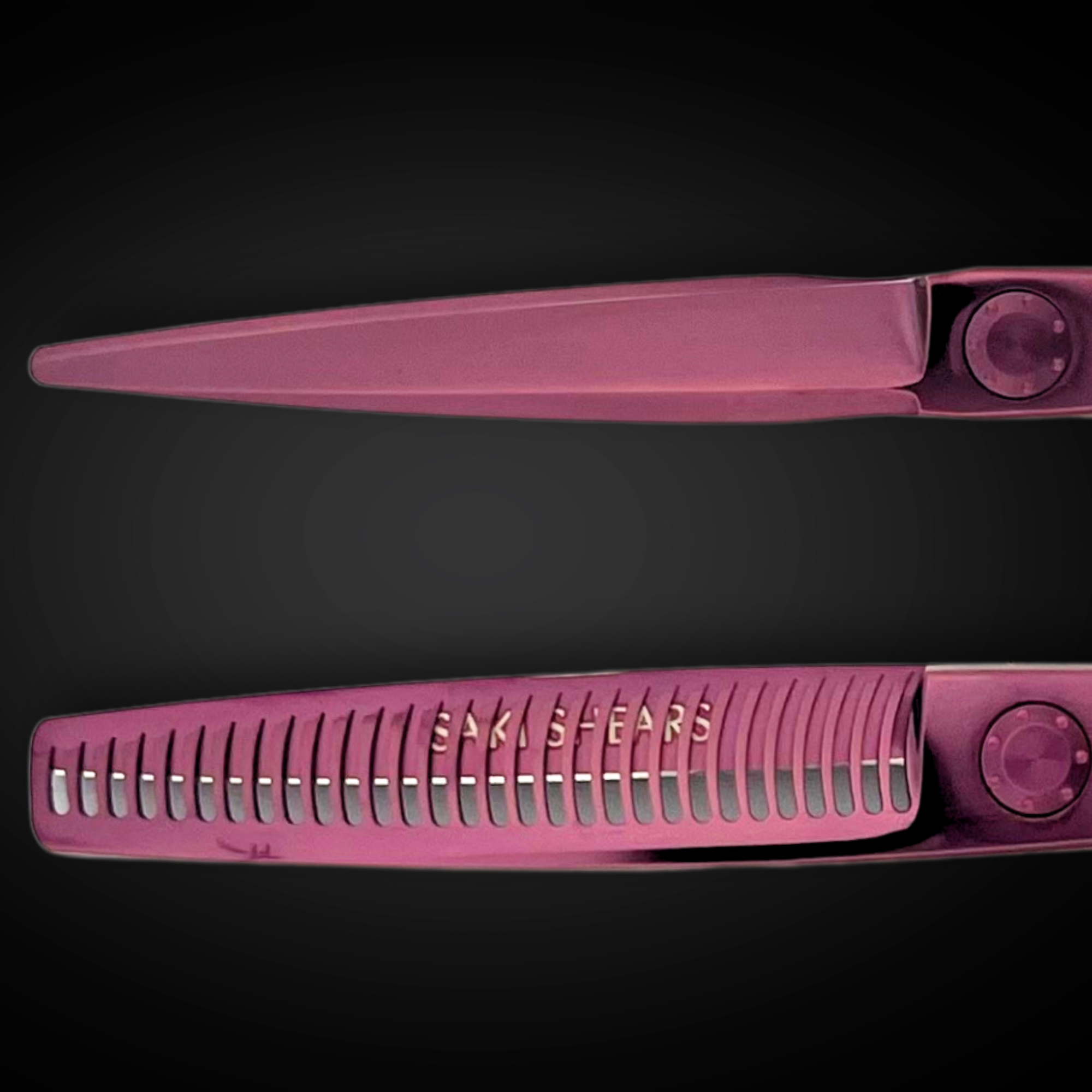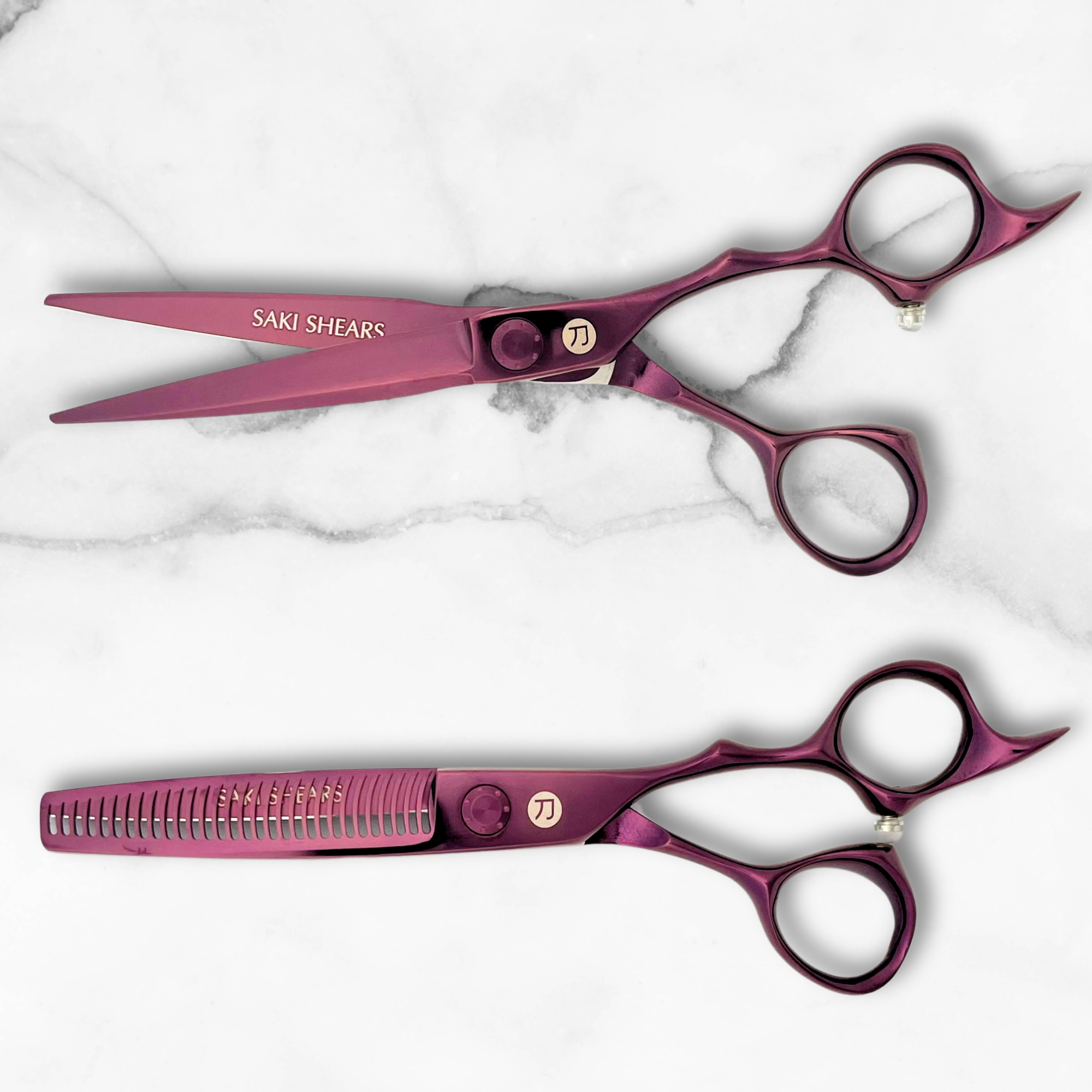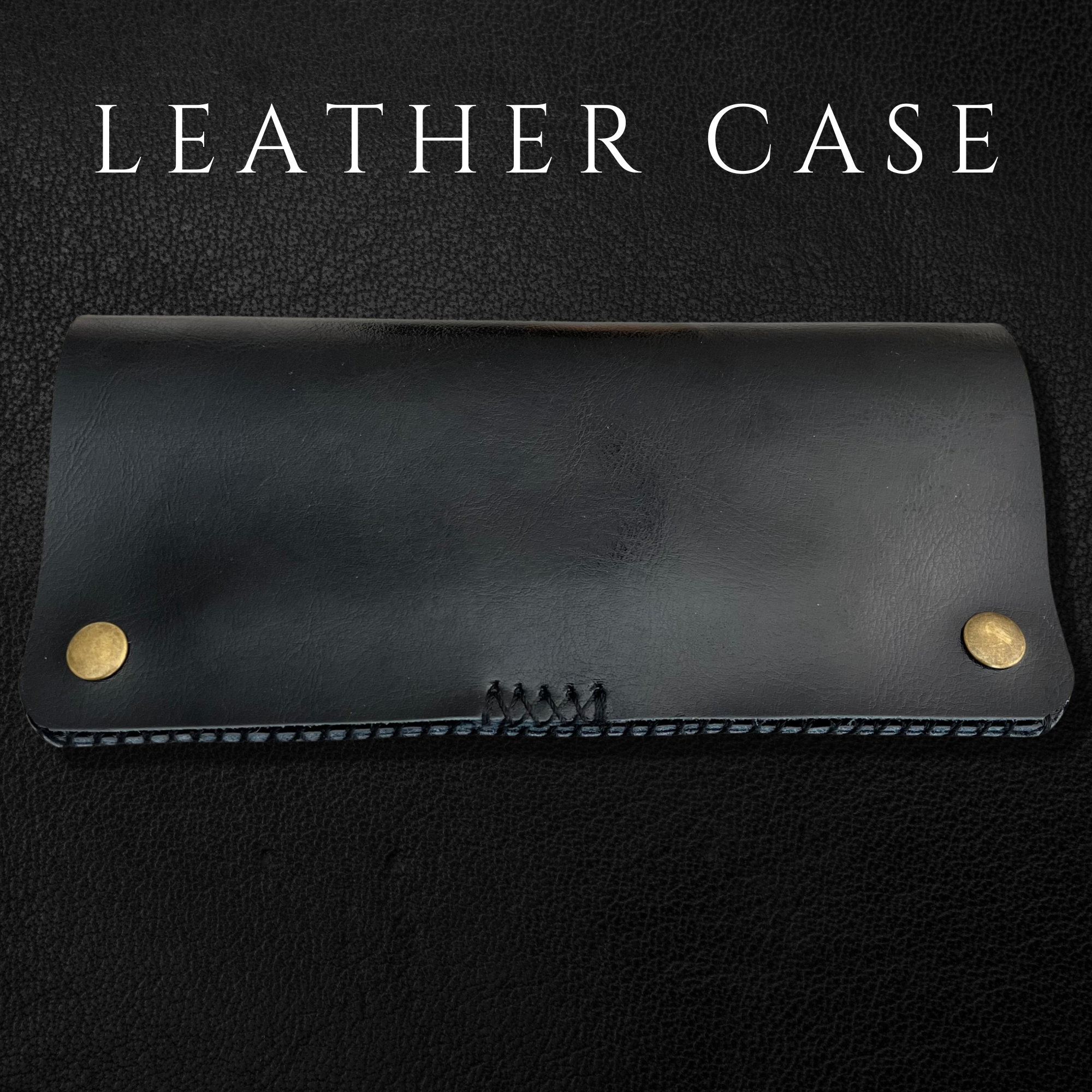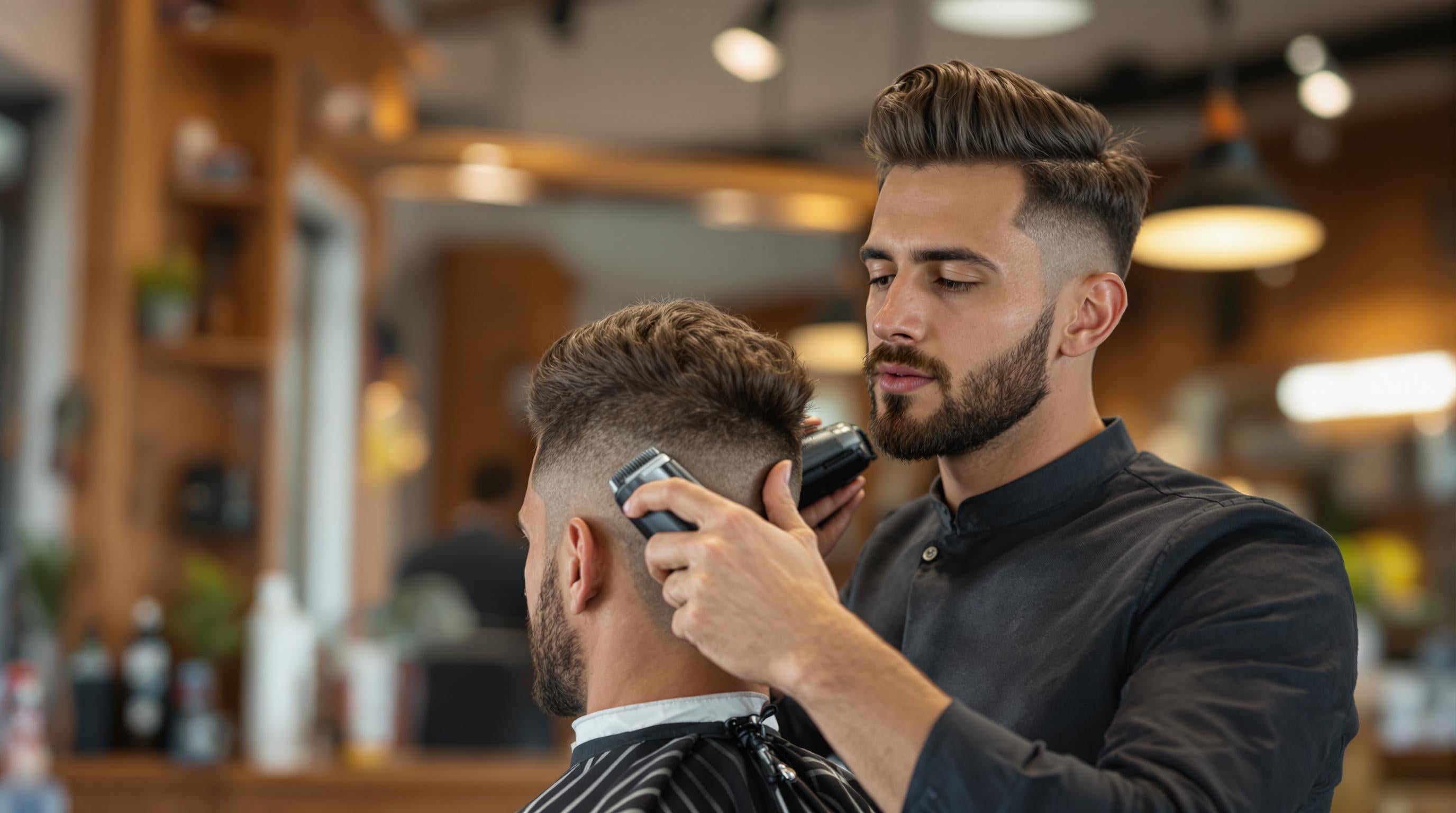Should You Open Your Own Barbershop or Salon?
Thinking about starting a barbershop or salon? Here's what you need to know:
- Costs: Starting a barbershop costs $50,100–$148,400, while a salon can range from $62,000–$500,000.
- Profit Margins: Expect net margins of 10–20% with proper planning.
- Key Expenses: Lease deposits ($6,000–$20,000), renovations ($8,000–$30,000), and equipment ($500–$1,400).
- Barbershop vs. Salon: Barbershops focus on men's grooming (haircuts, shaves), while salons offer diverse services (cuts, coloring, treatments).
- Licensing: Barbers need barber licenses; salons require cosmetology licenses and permits for chemical treatments.
Quick Comparison:
| Factor | Barbershop | Salon |
|---|---|---|
| Target Audience | Primarily men | Diverse (men, women, families) |
| Services | Haircuts, beard trims, shaves | Cuts, coloring, treatments |
| Startup Costs | $50,100–$148,400 | $62,000–$500,000 |
| Licensing | Barber license | Cosmetology license + permits |
| Setup Complexity | Simpler, fewer tools needed | Complex, specialized equipment |
Deciding between the two depends on your skills, budget, and target market. Keep reading for a deeper dive into costs, planning, and success strategies.
The True Cost of Opening a Barbershop: A Detailed Breakdown
Comparing Barbershops and Salons
Deciding whether to open a barbershop or a salon depends on your target audience, the range of services you plan to offer, and the specific operational needs of each type of business.
Services Offered by Barbershops
Barbershops specialize in precision haircuts, beard maintenance, and shaves. These services require basic tools like clippers and razors, making them relatively straightforward to set up. Their streamlined service offerings are tailored primarily to men, focusing on efficiency and quick service. This simplicity often translates into lower operating costs compared to salons.
| Service Category | Common Barbershop Services |
|---|---|
| Haircuts | Fades, Tapers, Crew Cuts |
| Facial Hair | Beard Trims, Hot Towel Shaves |
| Grooming | Line-ups, Neck Shaves |
Services Offered by Salons
Salons provide a wide range of hair care services, from basic cuts to advanced treatments like coloring and chemical processing. These services require specialized equipment and designated stations, catering to a diverse clientele with varying hair care needs. Salons typically handle everything from everyday haircuts to intricate styling and treatments.
| Service Category | Common Salon Services |
|---|---|
| Hair Design | Cuts, Styling, Updos |
| Color Services | Highlights, Full Color |
| Treatments | Perms, Keratin, Deep Conditioning |
Licensing and Regulations
Both barbershops and salons must meet state-specific licensing requirements to operate. Barbers need barber licenses, while salons require cosmetology licenses, along with additional permits for specialized services like chemical treatments. Both businesses must comply with health and safety regulations [1][2].
Key licensing and regulatory needs include:
- Business operating licenses
- Building approval certificates
- Health department certifications
- Service-specific permits (e.g., for salons offering chemical treatments)
Knowing the differences between barbershops and salons is just the beginning. Understanding the financial and operational aspects will help you create a solid business plan.
Factors to Consider Before Starting
Costs and Budgeting
Opening a barbershop or salon requires careful planning, especially when it comes to finances. Recent industry figures show that starting a barbershop typically costs between $50,100 and $148,400, though smaller setups can get started for less than $10,000 [3]. These costs cover essentials like lease deposits, renovations, equipment, and inventory. Beyond the initial investment, it's crucial to plan for ongoing expenses and maintain a financial cushion for unexpected needs.
Here are some key financial points to address:
- Securing funding through business loans or investors
- Setting aside emergency funds for equipment repairs
- Budgeting for regular supply purchases
- Managing cash flow for payroll and utilities
Once you've outlined your costs, creating a detailed business plan will help guide operations and secure the funding you need.
Developing a Business Plan
A solid business plan is your blueprint for success. Salons with well-thought-out plans often achieve profit margins of 10-20% [3], so it's worth the effort to map out your goals and strategies.
Include these critical elements in your plan:
- Service Menu: Define your services and pricing structure
- Financial Projections: Detail startup costs, revenue estimates, and a break-even analysis
- Marketing Strategy: Outline how you'll attract and retain clients
- Staffing Plan: Specify hiring needs and your approach to compensation
With your business plan in place, you'll be better prepared to choose a location that aligns with your target audience and business goals.
Selecting a Location
Your location can make or break your business. Urban areas, while pricier with rents ranging from $1,500 to $4,500 per month, offer excellent visibility [3]. When scouting for a location, consider these factors:
- Accessibility: Ensure there’s enough parking and easy access to public transportation
- Demographics: Match the local population to your target market
- Competition: Assess nearby businesses and market saturation
- Lease Terms: Review the length of the lease, any restrictions, and maintenance responsibilities
Renting can be a smart choice, as landlords often handle maintenance [4]. Additionally, investing in tools like POS systems, security measures, and professional signage will help establish credibility and streamline operations [1][2].
Addressing Common Challenges
Securing Funding
Getting the funding you need is a key step in turning your barbershop or salon plans into reality. While traditional bank loans are an option, the Small Business Administration (SBA) offers loan programs specifically designed for small business owners. If you're looking for other ways to secure funding, here are some alternatives:
| Funding Source | Benefits | Typical Requirements |
|---|---|---|
| SBA Loans | Lower interest rates, flexible terms | Good credit, business plan, collateral |
| Angel Investors | No repayment, potential mentorship | Equity stake, strong business model |
| Equipment Financing | Helps cover salon tools | Down payment, good credit |
| Crowdfunding | No debt or equity loss | Engaging campaign, community support |
Most lenders will expect detailed financial projections, a clear market analysis, collateral, and a personal financial statement. Solid financial planning is crucial to securing the resources you need to bring your vision to life.
Hiring and Retaining Staff
Finding and keeping skilled staff can be tough in today’s competitive market, but the right strategies can make a big difference.
How to Hire Effectively:
- Use job boards that cater to the beauty industry.
- Build partnerships with local cosmetology schools.
- Offer competitive pay and benefits.
- Assess candidates’ skills thoroughly during interviews.
To retain your team, focus on creating a workplace that people want to be part of. For instance, a tiered commission structure can reward both performance and loyalty. You might start stylists at 40% commission and increase it to 50% once they hit quarterly goals.
Retention Tips:
- Offer opportunities for growth, health benefits, and paid time off.
- Build a positive work environment with team-building activities.
A happy, motivated team doesn’t just deliver great service - it also keeps clients coming back. Tackling these staffing challenges head-on sets the stage for long-term success.
Evaluating Personal and Career Goals
Assessing Long-Term Career Aspirations
Before stepping into the world of owning a barbershop or salon, take a moment to reflect on whether entrepreneurship fits into your career goals. Running your own business demands a different set of skills compared to working as a stylist. As an owner, you'll need to juggle client services, business management, leading a team, and promoting your brand. This means mastering areas like financial planning, team leadership, and customer relations.
Here are a few key responsibilities to consider:
- Balancing creative styling with day-to-day business tasks
- Handling finances and administrative duties
- Leading and mentoring your team
- Building strong client relationships
- Promoting your business and engaging with the local community
Achieving success in these areas is crucial. While many businesses eventually turn a profit, it often takes 12 to 24 months of consistent effort to get there.
Conducting Market Analysis
After evaluating your personal goals, it's time to see if your vision aligns with market needs. A detailed market analysis will help you determine if your business idea fits local demand. For instance, if you're thinking about opening a traditional barbershop in an area filled with full-service salons, you might tap into a niche for specialized men's grooming services.
Key areas to research include:
- Local demographics, income levels, and competition to uncover market gaps
- Current pricing trends and service rates
- Potential for future growth, including upcoming developments and shifts in industry trends
Once you've gathered this information, outline a business timeline that covers essential steps like:
- Securing licenses and permits
- Finding and renovating your space
- Recruiting and training staff
- Attracting and retaining clients
Success in this field often comes from aligning your strengths with market opportunities. Take the time to assess whether your skills and interests match the demands of owning a business before making this major career move.
Conclusion: Making Your Decision
Starting a barbershop or salon is a major career step that involves weighing both practical and personal factors. The initial investment ranges from $50,100 to $148,400 for a barbershop and $62,000 to $500,000 for a full-service salon [3][5]. These numbers highlight the need for solid financial planning before diving in.
Your financial plan should prioritize steady growth and smart spending. While net profit margins for barbershops and salons typically fall between 10-20%, achieving this requires careful budgeting, excellent service, and thoughtful business strategies [3]. Profitability isn't automatic - it takes balancing costs while keeping service quality high.
Think about whether you're ready to tackle both the creative and business sides of ownership. Choosing between a barbershop and a salon depends on your skills and what your market needs. Barbershops often focus on men's grooming, while salons offer a wider range of services. Keep in mind that each option comes with distinct licensing requirements and equipment needs.
Your location decision - whether to rent or buy - should match your long-term plans and the local market. Success in this field goes beyond technical expertise. You'll also need to:
- Stay compliant with licensing regulations
- Recruit and manage a skilled team
- Build strong business management skills
- Establish a recognizable brand in your area
Ultimately, your choice should reflect both market opportunities and your personal goals. Owning a barbershop or salon takes more than technical know-how - it demands financial readiness, leadership skills, and a clear vision for your business. By aligning your aspirations with market demands, you can determine if this entrepreneurial path suits you.
Once you've made your decision, the next step is equipping yourself with the right resources to help your barbershop or salon succeed.
Tools and Resources for Success
After planning your budget and securing funding, the next step is equipping your barbershop or salon with the right tools. Choosing professional-grade equipment not only boosts client satisfaction but also helps maintain your business's profitability and reputation.
Why Quality Tools Matter
High-quality tools offer better precision, reduce fatigue thanks to ergonomic designs, and last longer, saving you money on replacements. Depending on your needs, you might spend anywhere from $500 on individual tools to $25,000 for a complete professional setup [3]. While this can seem like a hefty investment, the impact on your service quality and customer experience makes it worthwhile.
Here’s how quality tools can benefit your business:
- Precision and Consistency: Deliver consistent results for every client.
- Reduced Fatigue: Ergonomic designs help you stay comfortable during long hours.
- Lower Replacement Costs: Durable tools last longer, cutting down on frequent replacements.
- Better Service Quality: Superior tools enable you to provide top-notch services.
What to Look for in Professional Tools
Professional-grade tools stand out for their thoughtful design and performance features. Here’s a quick breakdown of what to expect:
| Category | Features | Benefits |
|---|---|---|
| Basic Professional | Sharp blades, comfortable design | Reliable for daily use |
| Advanced Professional | Premium materials, adjustable settings | Greater durability and comfort |
| Premium Professional | High-grade steel, precision engineering | Top-tier performance and longevity |
When choosing tools, think about your services and how often you'll use them. Some features that are worth prioritizing include:
- Durable Materials: Options like Japanese steel ensure long-lasting performance.
- Ergonomic Designs: Comfortable to use, even during busy days.
- Extended Warranties: Added peace of mind for your investment.
- Maintenance Support: Access to professional cleaning and sharpening services.
Regular maintenance - such as cleaning and sharpening - can significantly extend the life of your tools, keeping them in peak condition. By prioritizing quality and proper care, you'll not only offer exceptional services but also manage your long-term costs more effectively.
With the right equipment in hand, you can shift your attention to perfecting your services and standing out in a competitive market.
FAQs
Here are some answers to common questions about planning your barbershop or salon:
What equipment is needed for a salon?
Running a salon requires specific tools and furniture to ensure high-quality services. Here's a quick breakdown:
| Equipment Category | Examples |
|---|---|
| Basic Setup | Hair wash basin, stylist apron, hand towels |
| Furniture | Hydraulic chairs, salon trolleys, styling stations |
| Tools | Professional scissors, heat-resistant mats, tool racks |
| Extras | Hair dryers, sterilizers, mirrors |
The cost of salon equipment can range from $20,000 to $150,000, depending on the scale of your business and the quality of items you choose [3]. While professional-grade equipment may cost more upfront, it often lasts longer and performs better, making it a smart investment.
What makes a good location for a hair salon?
Choosing the right location is crucial. The best spots balance visibility, accessibility, and local demographics that align with your target market. Property costs can range from $50,000 to $250,000, depending on the area [4]. Urban locations often cost more but tend to attract more customers due to better visibility and foot traffic.
When picking a location, consider:
- Nearby businesses that complement yours, like boutiques or wellness centers
- Parking availability and ease of access
- Whether the local population fits your target audience
Additionally, insurance costs can vary based on factors like the size of your space, number of employees, and services offered. Expect to pay anywhere from $50 to $1,000 per month for coverage [5].
With the right location and equipment, you'll be set up to attract clients and grow your business.

